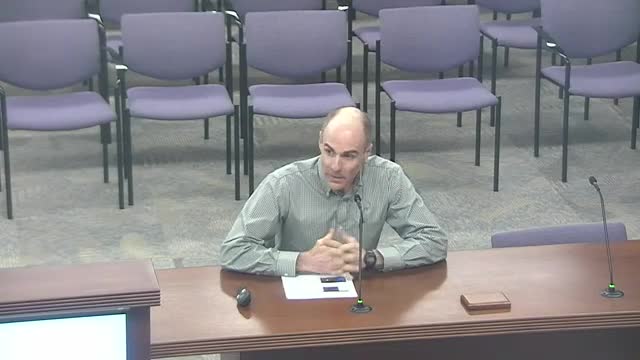Population Estimates Reveal Slower Growth Trends in Twin Cities Region
July 25, 2025 | Metropolitan Council, Agencies, Boards, & Commissions, Executive, Minnesota
Thanks to Scribe from Workplace AI , all articles about Minnesota are free for you to enjoy throughout 2025!

This article was created by AI using a video recording of the meeting. It summarizes the key points discussed, but for full details and context, please refer to the video of the full meeting. Link to Full Meeting
During a recent council meeting, officials discussed the implications of these findings, particularly regarding land use, housing, and transportation planning. The data shows that population growth has become less geographically balanced, with more residents moving to the developing edges of the region rather than being evenly distributed across urban and suburban areas. This trend raises concerns about the sustainability of growth in established communities, as many are nearing full development.
The council emphasized the importance of collaboration with local governments in refining these estimates. Twelve communities provided feedback on the preliminary data, leading to adjustments in some cases. This collaborative approach aims to ensure that the estimates accurately reflect the current demographic landscape, which is crucial for allocating resources such as local government aid and transportation funding.
The meeting also highlighted the role of housing production in influencing population trends. While some areas are experiencing growth, others, like Minneapolis, are seeing stagnation or decline. This shift is attributed to various factors, including changing housing demands and broader economic conditions.
As the council prepares for future comprehensive planning, understanding these demographic shifts will be essential. The discussions underscored the need for ongoing analysis of population trends and their implications for community development, ensuring that all areas of the region can adapt to changing needs and continue to thrive.
Converted from Metropolitan Council meeting on July 25, 2025
Link to Full Meeting
Comments
View full meeting
This article is based on a recent meeting—watch the full video and explore the complete transcript for deeper insights into the discussion.
View full meeting
